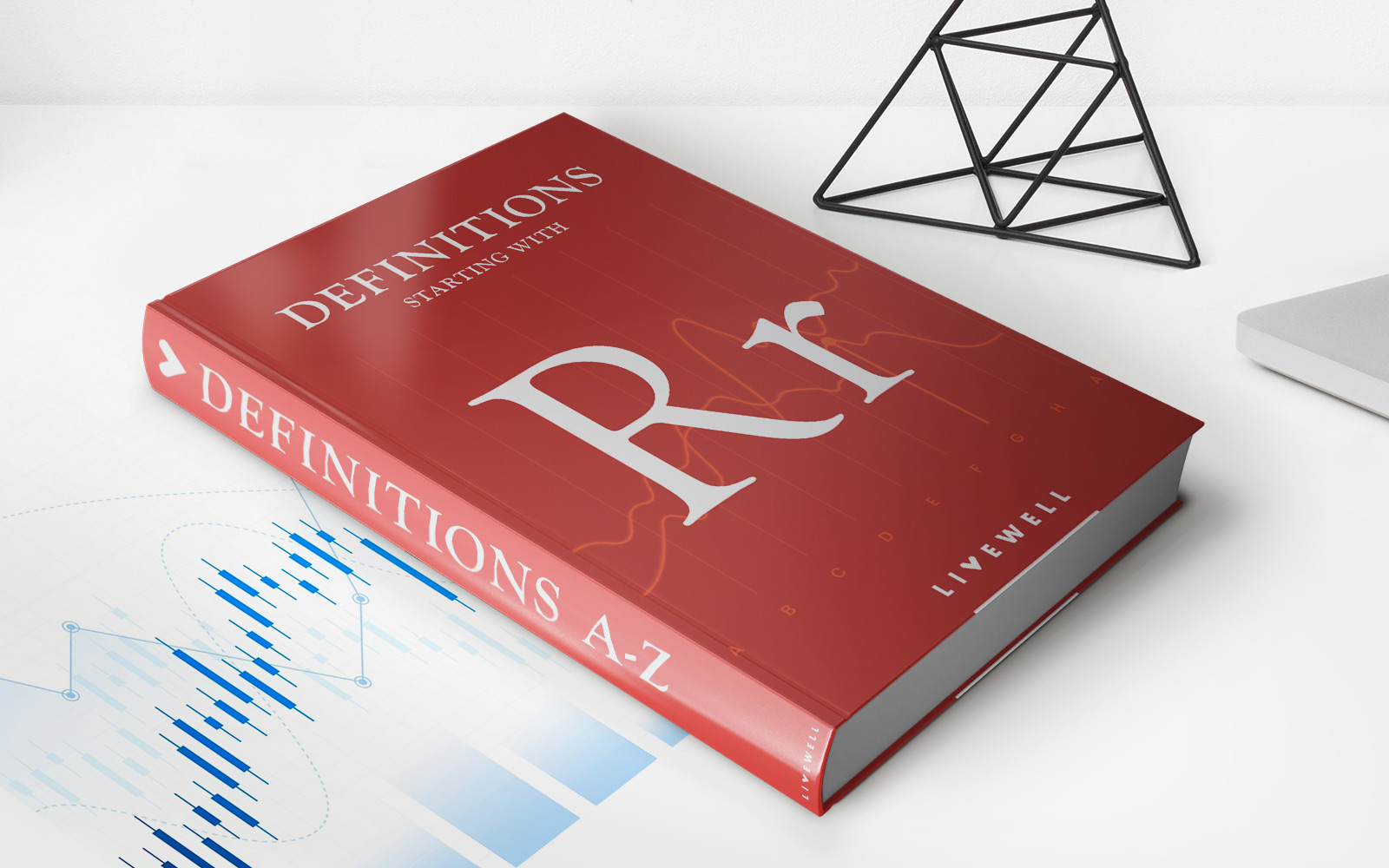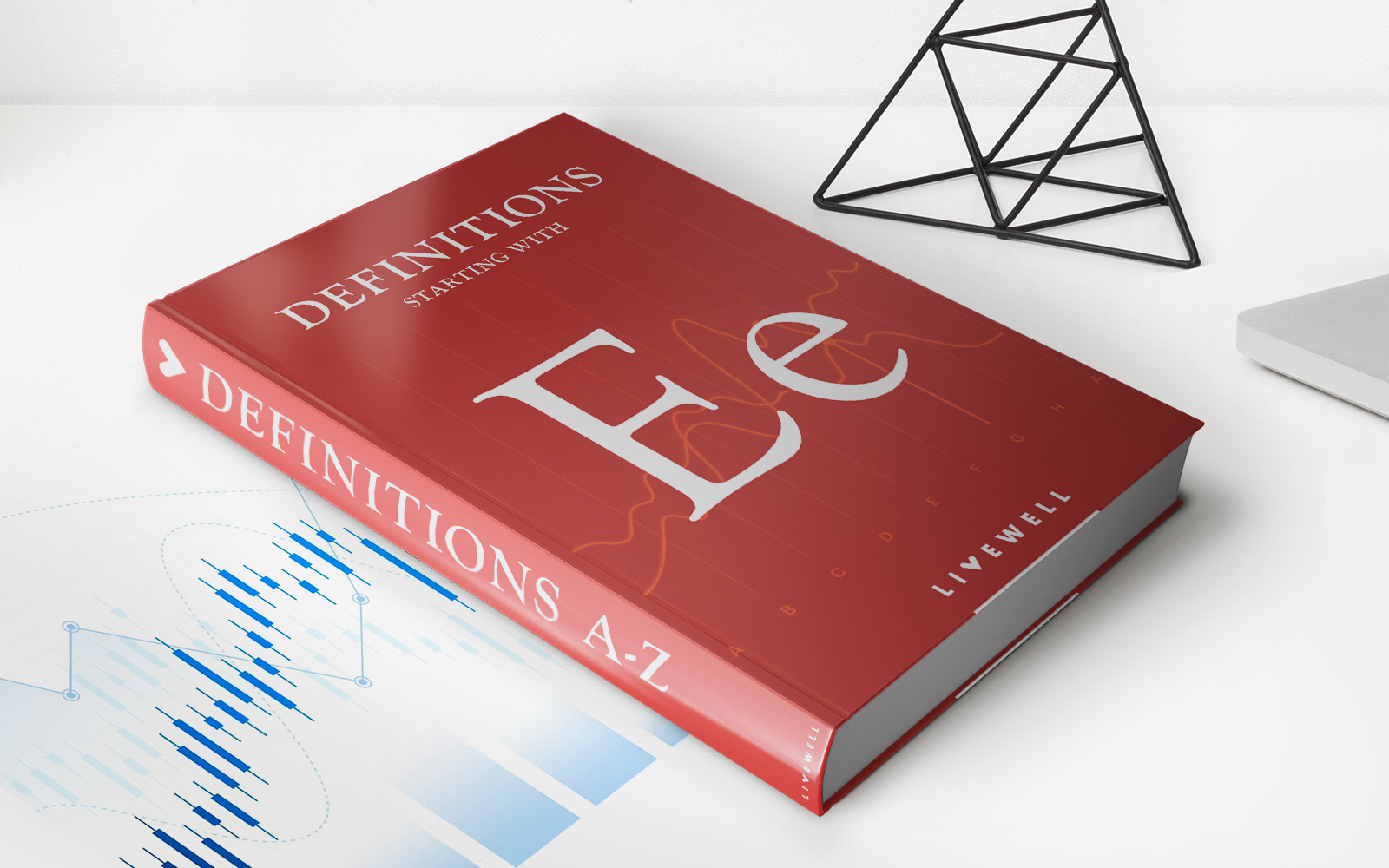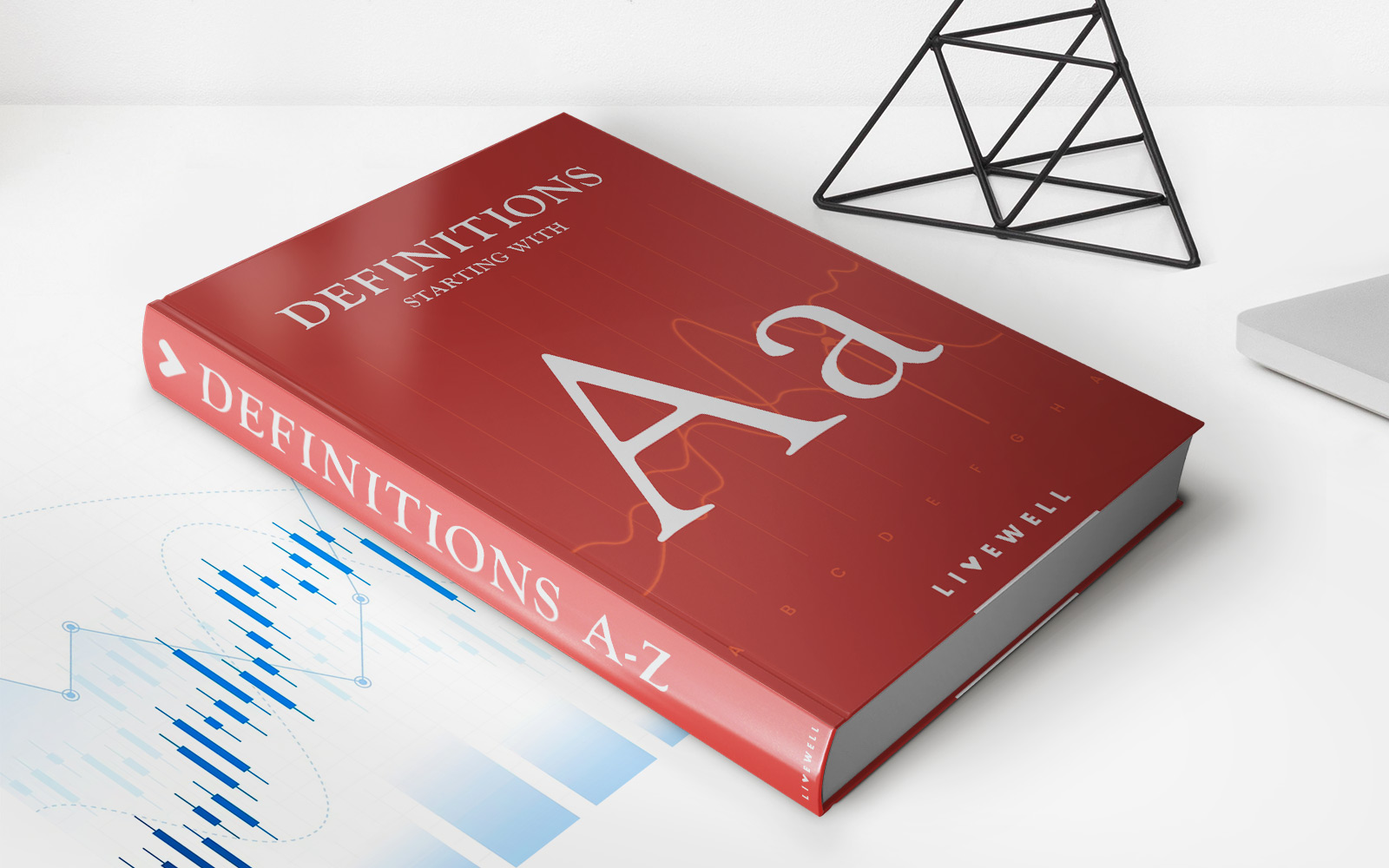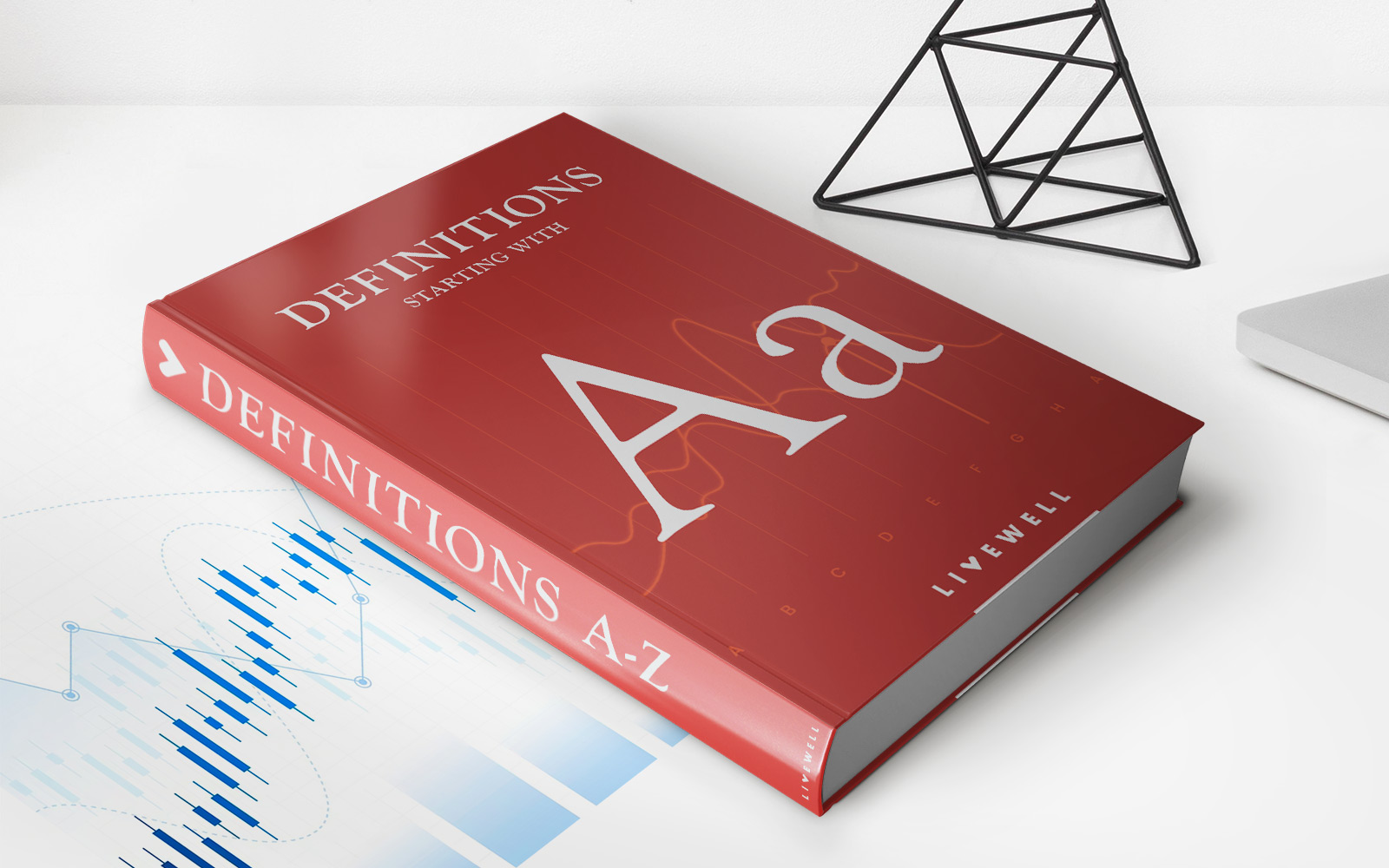Home>Finance>Rule 144A: Definition, What It Allows, And Criticism


Finance
Rule 144A: Definition, What It Allows, And Criticism
Published: January 22, 2024
Learn the definition and benefits of Rule 144A in finance. Discover what it allows and the criticism surrounding it. Gain valuable insights into this essential financing rule.
(Many of the links in this article redirect to a specific reviewed product. Your purchase of these products through affiliate links helps to generate commission for LiveWell, at no extra cost. Learn more)
Increase Your Financial Knowledge: Rule 144A Explained
Have you ever come across the term Rule 144A while browsing through financial articles or discussing investment strategies with colleagues? If you find yourself scratching your head in confusion, don’t worry – you’re certainly not alone. In this blog post, we’ll break down Rule 144A, define its purpose, discuss what it allows, and examine some of the criticisms surrounding it. So, let’s dive in and unravel the intricacies of Rule 144A.
Key Takeaways:
- Rule 144A is an SEC regulation that allows certain privately placed securities to be traded among qualified institutional buyers (QIBs).
- It provides liquidity to private issuers by enabling them to sell their securities to large-scale investors without the need for public registration.
Rule 144A is an important regulation overseen by the Securities and Exchange Commission (SEC). It was implemented to enhance liquidity in the market for privately placed securities. Essentially, Rule 144A allows certain privately placed securities to be traded among qualified institutional buyers (QIBs). But what does this mean, and why is it relevant to the world of finance?
Firstly, let’s define privately placed securities. These are issued by companies to a select group of investors, such as institutional investors, private funds, or other accredited investors, rather than through a public offering. Rule 144A eases the process of transferring these securities by exempting them from the typical registration requirements of the SEC. This exemption allows companies to sell their securities to large-scale investors without the need for full public disclosure.
Now that we understand the purpose of Rule 144A, let’s take a closer look at what it allows:
What Rule 144A Allows:
- Flexibility in Trading: Rule 144A provides liquidity and flexibility for private issuers by allowing them to sell their securities to qualified institutional buyers. This widens the potential investor base and facilitates the trading of previously illiquid assets.
- Access to Capital: By avoiding the need for full registration with the SEC, private issuers can access capital quickly and efficiently. They can tap into a network of institutional investors looking to invest in privately placed securities without the delays associated with public offerings.
- Cost-Effective Financing: Rule 144A offers a cost-effective financing option for private issuers, as it eliminates the expenses associated with public registration and compliance.
Despite the advantages of Rule 144A, it has not been immune to criticism. Let’s explore some of the main concerns voiced by critics:
Criticisms of Rule 144A:
- Limited Access for Small Investors: Rule 144A restricts participation to qualified institutional buyers only, thereby excluding individual investors who may wish to access these investment opportunities.
- Reduced Transparency: Since securities traded under Rule 144A are exempted from full registration, there is less transparency compared to publicly traded securities. This lack of disclosure may pose challenges for investors in terms of evaluating the investment’s true value and risk.
- Potential for Price Manipulation: The lack of regulatory oversight and reporting requirements for securities traded under Rule 144A can potentially lead to price manipulation or market abuses.
It’s important to bear in mind that Rule 144A serves a specific purpose in the financial markets, catering primarily to qualified institutional buyers and providing a streamlined process for the trading of privately placed securities. While it has its critics, the regulation also offers tangible benefits to private issuers and institutional investors.
Now that you understand the basics of Rule 144A, you can appreciate its role in enhancing liquidity and fostering efficient capital markets. So, the next time you come across this term, you’ll have a solid grasp of its definition, what it allows, and some of the criticisms surrounding it. Dive deeper into the world of finance and keep expanding your financial knowledge!














